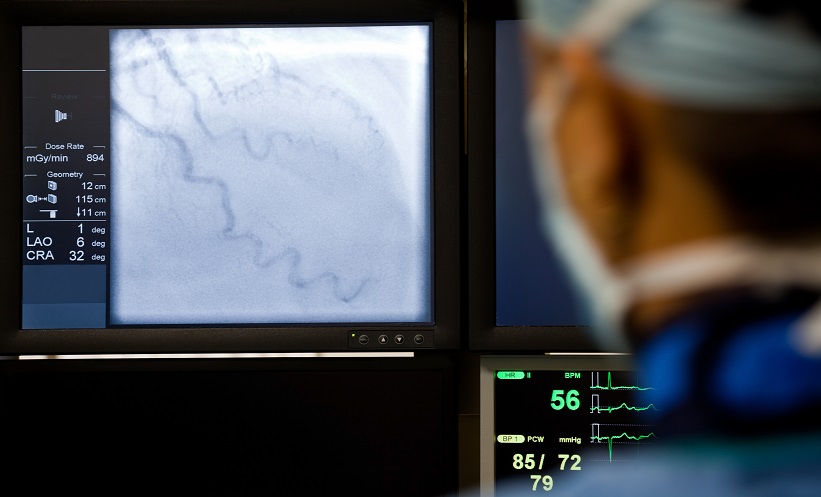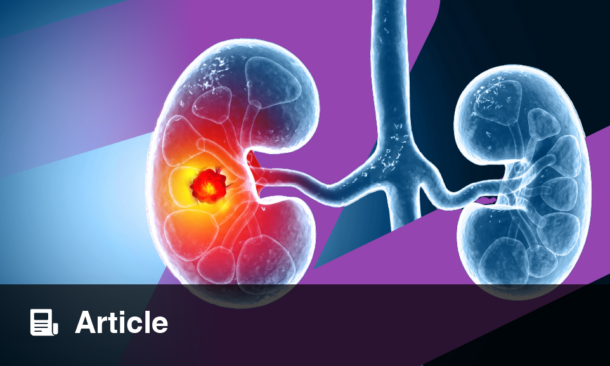A NEW study has suggested that hormonal factors significantly influence the degree of background parenchymal enhancement (BPE) in contrast-enhanced mammography (CEM). Researchers found that menopausal status, lactation, hormone replacement therapy (HRT), and tamoxifen therapy all impact BPE levels, a key imaging biomarker.
“Our results highlight higher BPE in premenopausal compared with postmenopausal female patients, increased BPE during lactation and hormone replacement therapy, and decreased BPE during tamoxifen therapy, which increased at treatment cessation,” the researchers stated.
BPE is an important diagnostic and prognostic marker, with higher levels associated with an increased likelihood of developing breast cancer. While previous research has explored the hormonal regulation of BPE in breast MRI, data for CEM have been lacking. This study examines how BPE in CEM fluctuates due to physiological and pharmacological hormonal influences.
The retrospective study analysed data from 507 women, collected between 2012 and 2024, with an average age of 49.8 years. Participants were categorised into several subgroups, including premenopausal, postmenopausal, lactating, HRT users, and tamoxifen users. For those on tamoxifen therapy, researchers also included follow-up images taken after treatment cessation.
The findings showed significant differences in BPE levels among the groups:
- Premenopausal women (n = 200) had higher BPE (median grade 1) compared with postmenopausal women (n = 200, median grade 0; p < 0.001).
- Lactating women (n = 16) exhibited a notably higher BPE (median grade 3) compared with non-lactating women (median grade 1; p < 0.001).
- Women undergoing HRT (n = 14) showed increased BPE (median grade 1.5) compared with postmenopausal women (median grade 0; p < 0.001).
- Tamoxifen users (n = 77) displayed lower BPE than non-treated women, with only 9% exhibiting high BPE compared to 31% of untreated women (p < 0.001). Upon cessation of tamoxifen therapy, BPE levels rose significantly to a median grade of 2 (p = 0.003).
Imaging data illustrated longitudinal changes in BPE related to tamoxifen use. CEM images of two 51-year-old women demonstrated minimal BPE during tamoxifen therapy, which increased to marked and moderate BPE grades after treatment cessation.
The study authors emphasised that these findings highlight the dynamic nature of BPE rather than a fixed characteristic.
“To minimise further diagnostic interventions, it is crucial to understand its hormonal modulation and how it uniquely manifests in the subgroups studied,” they noted. Greater awareness of these variations can help radiologists refine interpretations and reduce unnecessary follow-ups.
Experts in the field have stressed the need for further research on CEM and BPE. She highlighted the importance of determining optimal BPE measurement techniques and its role in breast cancer risk assessment. Additionally, the study highlights the potential of machine learning to enhance understanding in this field.
“By understanding the factors that influence BPE at CEM, radiologists will be able to provide more accurate interpretations and make more informed management decisions, thereby providing optimal life-saving patient care,” the team wrote.
Future studies will likely focus on refining diagnostic tools and exploring whether BPE at CEM aligns with MRI-based cancer risk prediction and treatment response assessments.
Reference
Nissan N et al. hormonal regulation of background parenchymal enhancement at contrast-enhanced mammography. Radiology. 2025;314(2):e241158.








